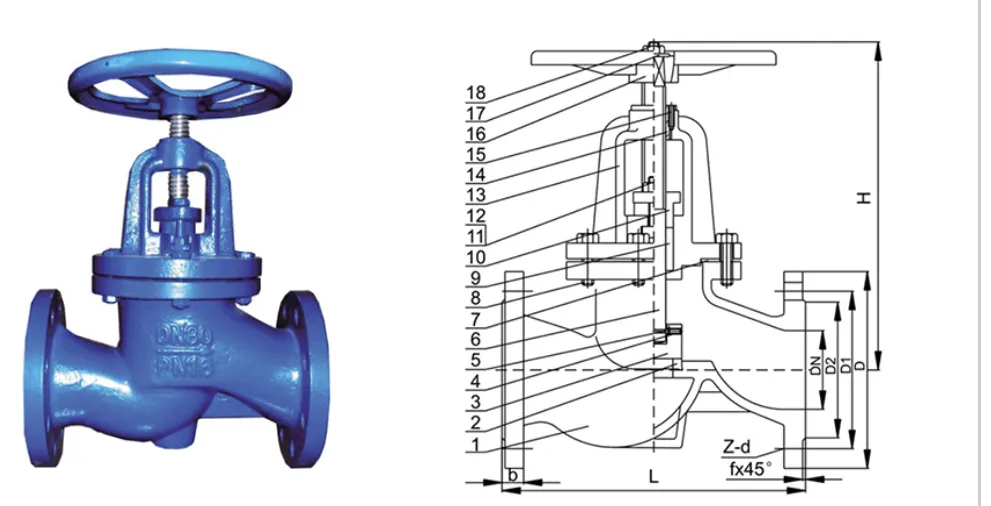Oct . 04, 2024 04:39 Back to list
pneumatic ball valve
Understanding Pneumatic Ball Valves
Pneumatic ball valves are essential components in various industrial applications, serving as critical devices that control fluid flow in systems utilizing compressed air. Their design and functionality make them a popular choice in sectors such as automation, manufacturing, and process control. This article will explore the structure, operation, advantages, and typical applications of pneumatic ball valves.
Structure and Operation
A pneumatic ball valve consists of a spherical disc known as a ball, which features a hole through its center. This ball is mounted within a valve body and can rotate 90 degrees to either allow or restrict the flow of air or liquid. The valve is actuated by a pneumatic actuator, typically powered by compressed air. When air is supplied to the actuator, it moves the ball, aligning its hole with the flow path, thereby opening the valve. Conversely, releasing the air causes the ball to rotate back, closing the valve and stopping the flow.
The simplicity of the design allows for quick operation and minimal pressure drop, making pneumatic ball valves efficient for fast acting applications. Additionally, they can be constructed from various materials, including stainless steel, brass, and plastic, depending on the operating environment and fluid characteristics.
Advantages of Pneumatic Ball Valves
One of the main advantages of pneumatic ball valves is their speed of operation. The ability to open or close quickly can enhance system efficiency and responsiveness, making them ideal for applications in automation and control systems. Additionally, they require low maintenance due to their straightforward design and functionality.
pneumatic ball valve

Another benefit is their reliability. Pneumatic ball valves typically provide a tight seal, minimizing the possibility of leaks and ensuring safety in hazardous environments. Their versatility also allows them to be used in a wide range of pressures and temperatures, making them suitable for various industrial processes.
Applications
Pneumatic ball valves are used in numerous applications across different industries. In the oil and gas sector, for instance, they help in managing the flow of hydrocarbons safely. In food and beverage manufacturing, they ensure hygienic processes by controlling the flow of liquids and gases without contamination. Moreover, they are prevalent in water treatment plants, chemical processing, and HVAC systems.
In automation technology, pneumatic ball valves are integral to robotics, allowing for seamless control of actuators and other components. Their efficiency in quick operations ensures that processes remain streamlined and effective.
Conclusion
In summary, pneumatic ball valves are vital tools in industrial applications, offering speed, reliability, and ease of use. Their unique design allows them to efficiently manage fluid flow, making them indispensable in various sectors. As industries continue to evolve, the demand for effective flow control solutions like pneumatic ball valves is expected to grow, highlighting their importance in modern engineering and manufacturing systems.
Share
-
Reliable Wafer Type Butterfly Valves for Every IndustryNewsJul.25,2025
-
Reliable Flow Control Begins with the Right Ball Check ValveNewsJul.25,2025
-
Precision Flow Control Starts with Quality ValvesNewsJul.25,2025
-
Industrial Flow Control ReliabilityNewsJul.25,2025
-
Engineered for Efficiency Gate Valves That Power Industrial PerformanceNewsJul.25,2025
-
Empowering Infrastructure Through Quality ManufacturingNewsJul.25,2025